Autopilot software has revolutionized the way we design and use transportation and automation in both automobiles and aircraft transportation as well as marine vessels and industrial systems. With the continued rise of autonomous systems across the globe, the demand for autonomous systems will increase with technology. But with that automation, comes more security focus on making the software that runs those systems safe.
As we speak about Tesla’s Autopilot in cars, autopilot systems in aircraft, or autonomous navigation in ships, security vulnerabilities can have catastrophic results. On the other hand, hackers, system malfunctions, sensor manipulation, are all major issues that come to play for all the industries which rely on the autopilot technology.
In this post, we will discuss about different types of autopilot software, the unique cyber security challenges they face and ways being adopted to address these risks at various industry levels.
As we speak about Tesla’s Autopilot in cars, autopilot systems in aircraft, or autonomous navigation in ships, security vulnerabilities can have catastrophic results. On the other hand, hackers, system malfunctions, sensor manipulation, are all major issues that come to play for all the industries which rely on the autopilot technology.
In this post, we will discuss about different types of autopilot software, the unique cyber security challenges they face and ways being adopted to address these risks at various industry levels.
Types of Autopilot Software
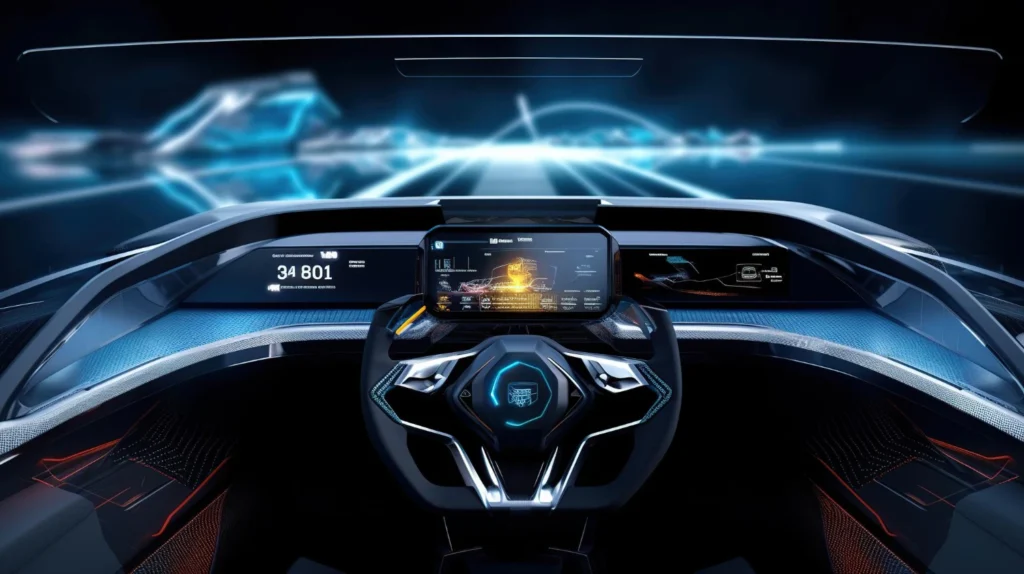
1. Automotive Autopilot Software
With auto pilot software, vehicles are being operated differently in the automotive industry. Tesla’s Autopilot, Google’s Waymo and other self driving car technology use a mix of cameras, radar, LIDAR and machine learning algorithms to drive roads autonomously. Task ranging for these systems includes lane keeping, cruise control, automatic braking, and some cases, even full autonomy.Automotive autopilot means safer roads, from human error but is prone to being hacked or manipulating sensors. A flaw in self-driving car security could cause accidents that result in major damages, loss of life or traffic shutdowns. This means that the manufacturers of cars are pouring a lot of money into encryption, secure transmission of data, and fail save mechanisms that make sure that these systems, well at least they are supposed to ensure that these systems remain protected from both cyberattacks as well as technical failures.
Security Challenges:
- Cyberattacks: Hackers could exploit vulnerabilities in the software to take control of vehicles, causing accidents or large-scale disruptions.
- Sensor Spoofing: Autopilot systems rely on sensors to make decisions, but these sensors can be tricked into detecting false obstacles or misreading the environment.
- Software Bugs: Like any software, autopilot systems are prone to bugs that can cause unpredictable behavior, leading to safety risks.
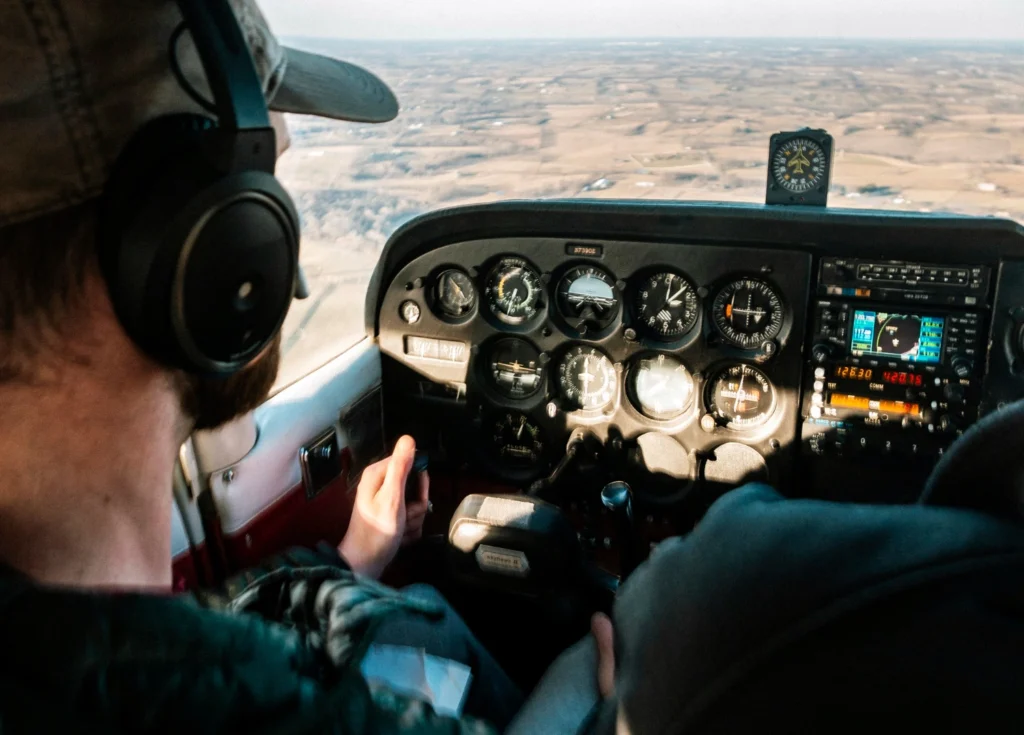
2. Aviation Autopilot Software
Autopilot systems in aviation have been around for decades and are widely used for long-distance flights, assisting pilots in maintaining altitude, heading, and speed. Modern aircraft autopilot systems, such as those found in Boeing and Airbus jets, can handle takeoffs, navigation, and landings with minimal human intervention. However, as these systems become more integrated with other digital systems (such as air traffic control and satellite communication), they also become vulnerable to cyberattacks.An autopilot failure in an airplane has the potential for far greater consequences than a car due to the number of lives at stake. Security breaches could lead to disastrous consequences, including hijacking of the plane’s controls or disrupting communication between the aircraft and ground control.
Security Challenges:
- Flight Hijacking: A breach in the autopilot system could allow malicious actors to take control of an aircraft, causing flight path deviations or accidents.
- Communication Disruptions: Modern aircraft autopilot systems communicate with air traffic control and ground systems, creating potential points of vulnerability.
- GPS Spoofing: Hackers could manipulate the aircraft’s GPS data, causing the autopilot to misnavigate.
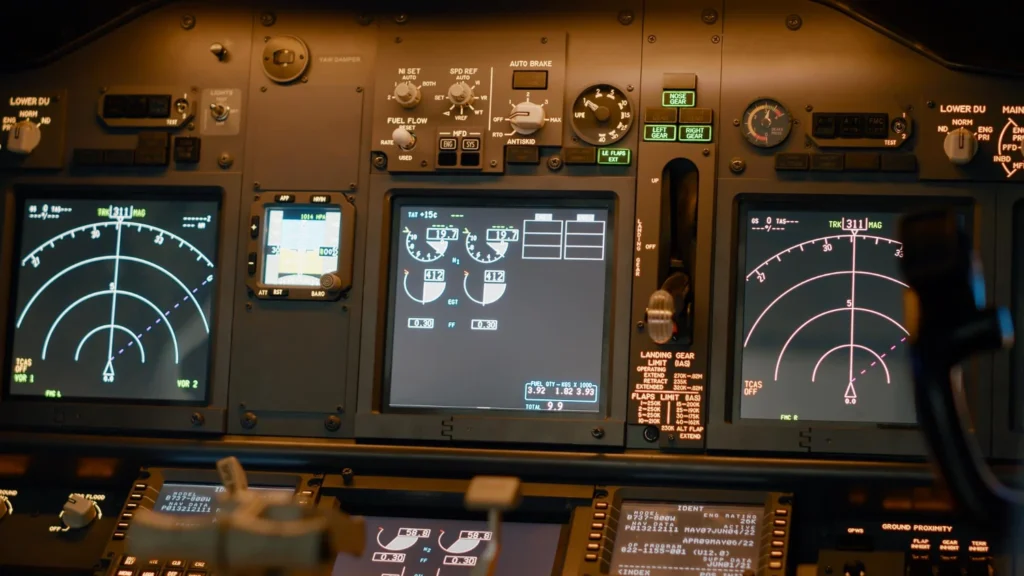
3. Marine Autopilot Software
More and more, commercial and military vessels resort to autonomous ships and maritime autopilot systems. One of these systems allows ships to sail huge oceans autonomously, avoiding obstacles, and then automatically dock. Instead, they guide the vessels in their direction using radar, GPS, and sonar combination.Like other autonomous systems, however, marine autopilot software is faced with substantial security challenges. An attack on an autonomous ship could turn into piracy, a ship collision, or an environmental disaster like an oil spill. Considering international shipping, the cybersecurity of the marine autopilot system is a concern one.
Security Challenges:
- Piracy and Hijacking: Hackers could simultaneously take control of a ship’s navigation system, rerouting it to a different location—or even running it into other ships.
- Environmental Risks: Wrong guidance for a ship could lead to accidents with oil spills or damage to marine ecosystems.
- Satellite Communication Breaches: Today, satellites are essential to ships’ navigation, and are vulnerable to malicious actors who can disrupt or spoof their signals.
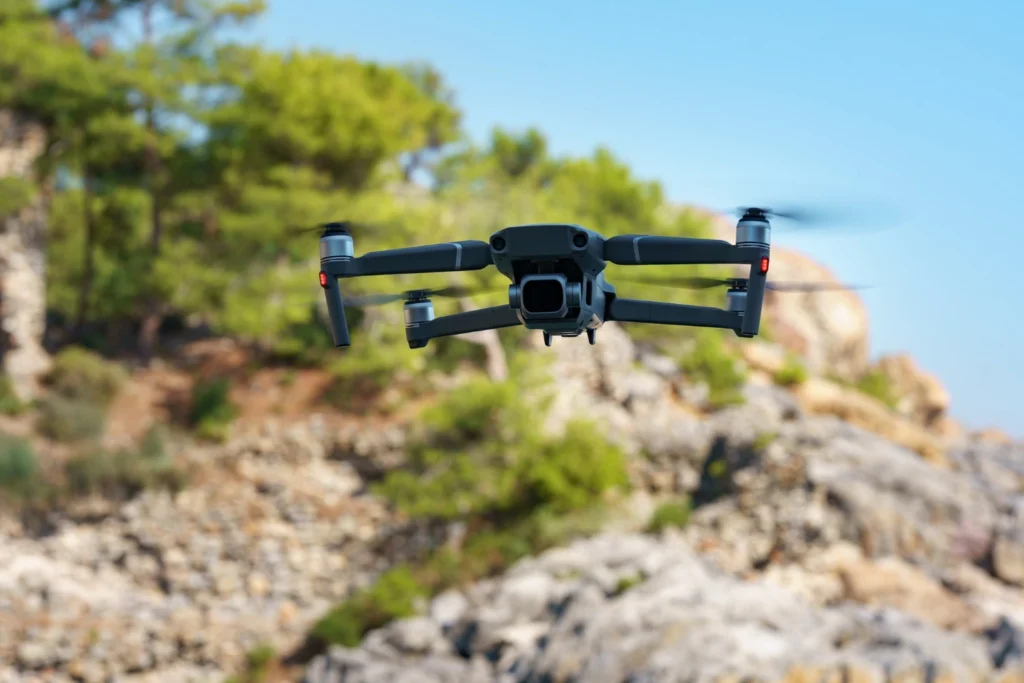
4. Industrial and Drone Autonomous
Aircraft Software Said software is widely used in industrial systems and in unmanned aerial vehicles (UAVs), otherwise called drones. On an industrial scale, autonomous systems have been put to work on routine or dangerous jobs without human input, for example in the fields of agriculture, mining and construction. But it doesn’t take much to turn a drone into a drone, capable of performing complex missions such as surveying land, delivering packages or search and rescue.In these cases, the concerns are about unauthorized control of industrial systems, or drones. However, the commercial value of any compromised drone is espionage, theft of data, or physical damage and the industrial automation systems could be messed with, causing production losses or human safety issues.
Security Challenges: Drone Hijacking: Drones could be taken over by unauthorized users, who could use them to go to unanticipated locations, or to perform something malicious.
Data Breaches: Valuable data is collected by drones and industrial systems, which could be stolen by hackers if infrastructure is not in place to secure them.
Industrial Disruptions: Power plants and factory systems that are the life force of the country could be sabotaged by automated systems that only answer to a group of sarcastic criminals.
Key Security Measures Across Autopilot Systems
To get autopilot on its arms within all these industries, it’s an issue which needs to require a multi layered approach coming from both technical methods and also regulatory oversight. Next, below are some of the more key measures that are being implemented to guarantee the security of autonomous systems.
1. End-to-End Encryption
Data transmitted among autonomous systems and their external control centers must be encrypted to protect the data. If it’s a car talking to cloud servers, an aircraft sharing information with air traffic control, or a drone relaying images to its operator, encryption keeps data safe and out of hackers’ hands.2. Regular Software Updates
Autopilot systems need to get regular updates, as security vulnerabilities evolve. Like computers and smartphones, these systems must be constantly checked and manufacturers should be delivering over the air updates to address new risks.3. Intrusion Detection Systems or IDS
The Intrusion Detection Systems are used to monitor the abnormal activity of the system’s software. These systems can notify operators of any unauthorized access and avert even more damage, if any unauthorized access is detected. One of the greatest uses for IDS is to find cyberattacks before they can cause damage.4. Redundant Systems
As a crucial design principle, redundancy is used for the safety of autonomous systems. Just one example of this is in the aviation, where the autopilot has a myriad of backup autopilot systems put in place should the primary fail. Just as fail safe mechanisms could be employed in autonomous vehicles and ships where control would be handed back to a human operator if the system encounters a problem.5. It is related to Ethical Hacking and Penetration Testing
Ethical hackers and cybersecurity experts are working with many companies to test how their autopilot systems can withstand the resistance of hackers. A type of pen testing is when software is attacked to identify weaknesses and vulnerabilities and developers can fix these before they are exploited by malicious actors.Regulatory Oversight and Global Standards
Other than technical security measures, regulatory bodies around the globe are starting to formulate standards in order to guarantee autopilot systems are safe and secure. In fact, the International Maritime Organization (IMO) is looking to establish regulations for autonomous ships, and the National Highway Traffic Safety Administration (NHTSA) has defined regulations for use of autonomous vehicles in the US.
The Federal Aviation Administration (FAA) is changing its regulations to include autonomous aircraft and drones as well. And these regulations normally mandate stringent cybersecurity regulation, fail safe mechanisms and formidable incident response plans.
The Federal Aviation Administration (FAA) is changing its regulations to include autonomous aircraft and drones as well. And these regulations normally mandate stringent cybersecurity regulation, fail safe mechanisms and formidable incident response plans.
Here is the Conclusion
The industries from transportation to industrial automation are being reshaped by autopilot software, providing exciting potential for future work and mobility. But we need to be careful about autonomous systems, as they present serious security challenges. Due to increasing number of industries that are moving to autopilot software, the consequences of a breach are becoming much more serious, pointing towards the need for strong cybersecurity measures in place.
To make the autpilot systems successful, we will have to ensure the safety and security from end to end encryption, redundancy and regulatory oversight. As we move forward with technology, we have to continue to come forward with guaranteeing the future of automation.
To make the autpilot systems successful, we will have to ensure the safety and security from end to end encryption, redundancy and regulatory oversight. As we move forward with technology, we have to continue to come forward with guaranteeing the future of automation.


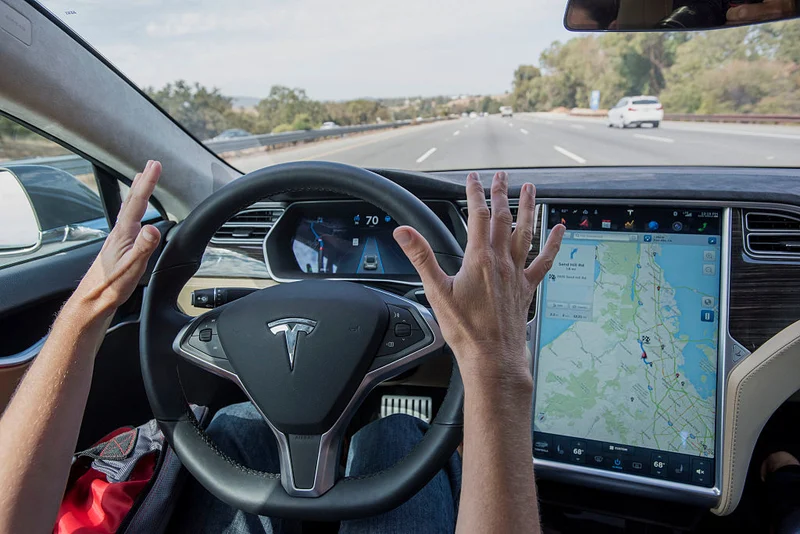









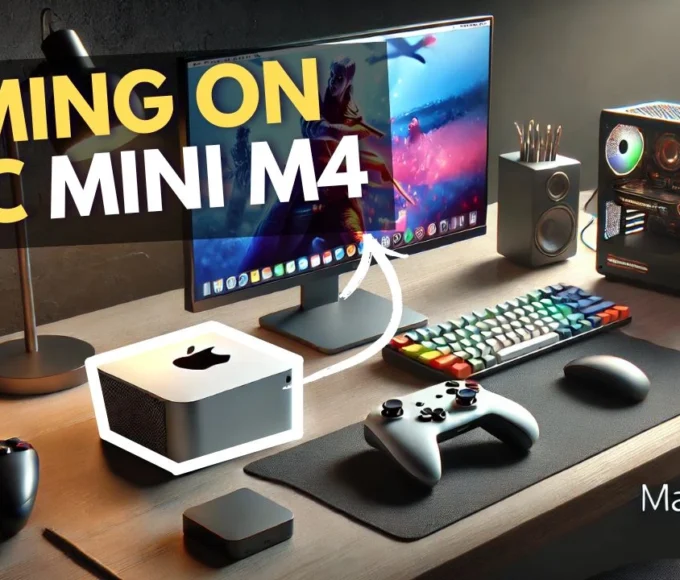
Leave a comment